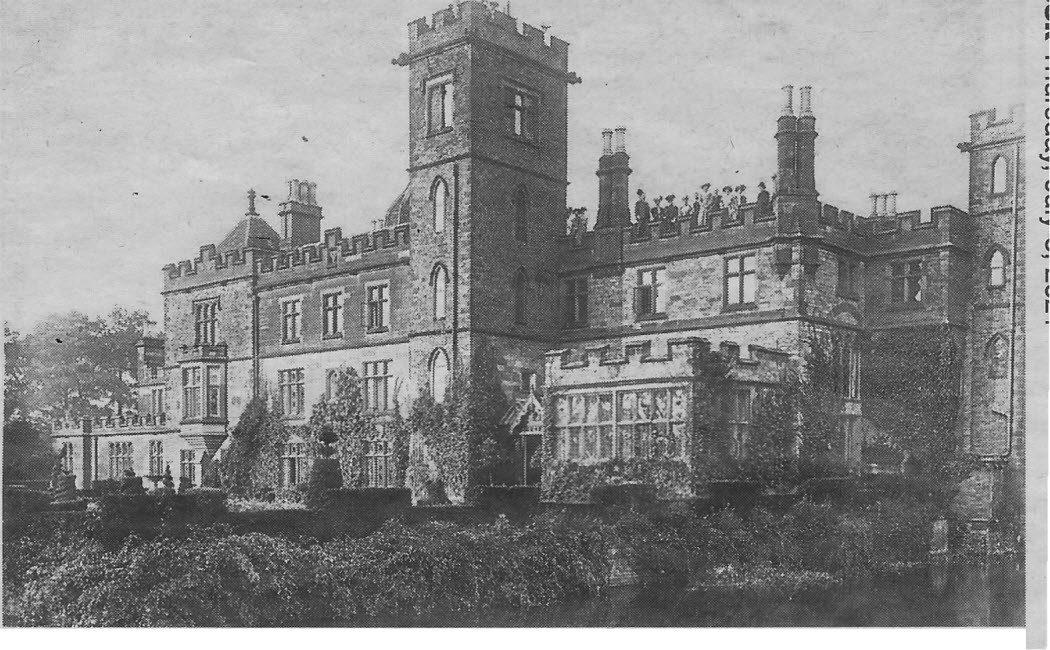
For almost 40 years Sutton Coldfield boasted a nationally-known scientific and cultural society. It was called the Vesey Club, and it first met in July 1886.
The club survived until after the First World War. The prime mover behind the establishment of the Vesey Club was J.B. Stone.
The first mayor of Sutton Coldfield, Stone was a well-known amateur photographer, a keen traveller and a student of botany (espeially ferns and mosses) and geology.
When he died in 1914, his home was emptied of all sorts of collector's items, including a sarcophagus from Egypt, bamboo umbrellas from China, Zulu shields and the skull of a crocodile. Truly, they don't make men like this any more.
Notable
Stone was able to recruit a number of leading self-taught scholars as members of the Vesey Club. Amongst these were Henry Crosskey, a Unitarian clergyman from Birmingham who had written extensively on the glacial geology of Scotland; J.E. Bagnall, the author of such notable works as the Handbook of Mosses (1886) and Flora of Warwickshire (1890) and S.H. Baker, a painter known for his water colours of rural scenes.
Each year the Vesey Club elected a president, always a distinguished figure such as the geologist Archibald Geikie or the astronomer Sir Robert Ball.
The Vesey Club took its name from Bishop Vesey and restricted membership to 40, later 100, successful men. The membership fee of ten shillings reinforced its exclusivity. Meetings took place once a month at the mayor's cottage in Sutton Park.
At these meetings a member or a guest would talk about his interests. So, in the first year of the club's existence, there were discussions about fungi, meteorology and explosives - in the latter case, with small demonstrations.
Stone himself would often talk about his collections of photographs and his travels. He left the country on no fewer than 29 occasions. He had a particular fondness for Norway, visiting the country five times.
Stone also joined a voyage around the world and sailed almost a thousand miles up the Amazon to photograph a total eclipse of the sun.
Vesey Club members went on trips - locally to New Hall College, but also to places of historic interest such as Ludlow and Lincoln.
In 1890 they travelled to Norway, Stone returning with an enormous quantity of botanical specimens.
Sir Benjamin Stone 1834-1914: Photographer, Traveller and Politician by Stephen Robrts can be ordered from Amazon, price £5.02.
Associate Professor
Stephen Roberts